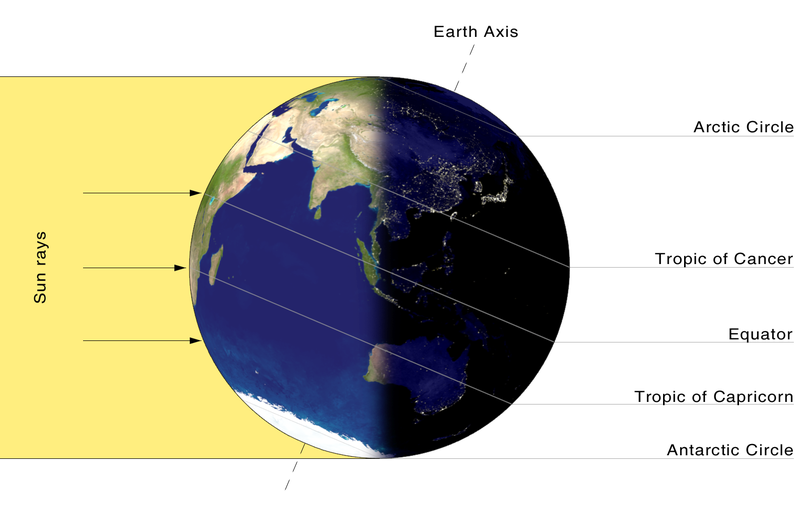Expect spring to be a tad bit late as Punxsutawney Phil forecasted that winter is here for another six weeks. The world-famous groundhog went with his unorthodox methods to bring the forecast.
Legend has it that if the groundhog sees his shadow after emerging from his burrow on February 2, people can expect the winter to extend its stay. Punxsutawney Phil quickly retreated to his burrow around 7:30 a.m. in Pennsylvania as the region is hit with scattered snow showers.
A sizable crowd of about 11,000 gathered to watch the ceremony, hoping that Phil’s prediction will end the long winter that has ravaged the country. The top hat-wearing handlers of Phil however announced the extended winter.
JUST IN: Punxsutawney Phil sees his shadow, predicts #SixMoreWeeksofWinter pic.twitter.com/nBmbt57Sm4
— ABC News (@ABC) February 2, 2015
More winter or early spring? The groundhog says… (hint: the news is not good) http://t.co/pB5tXNxuzT #GroundhogDay pic.twitter.com/lLHwffAClr
— TODAY (@TODAYshow) February 2, 2015
While it is still unknown if Punxsutawney Phil’s prediction will come true, the National Climatic Data Center has compiled Phil’s successes and failures since 1988. Throughout the years of his service as the gifted groundhog, Phil was recorded to be wrong 15 times out of the 26-year study. Dave Unger, a meteorologist from the National Weather service said that a good forecast will only be considered if the estimate is around 60% accurate. Right now, Phil’s predictions only amounts to about 40%.
Groundhog Day has been celebrated since 1841, making it a true American tradition. While the tradition is still very much alive, Punxsutawney Phil has been constantly faced with controversies about his questionable predictions. An Ohio prosecutor infamously sought the death penalty for Phil back in 2013 after the furry psychic predicted an early spring, when it fact the cold weather persisted throughout the East Coast until March of that year.
All around the country, several Groundhog Day-like celebrations are also held. Staten Island Chuck is making the prediction in New York, while Wiarton Willie if the snow will continue to fall in Ontario, Canada. Potomac Phil, a stuffed Groundhog from Washington, D.C. also saw his shadow, echoing Punxsutawney Phil’s prediction.


